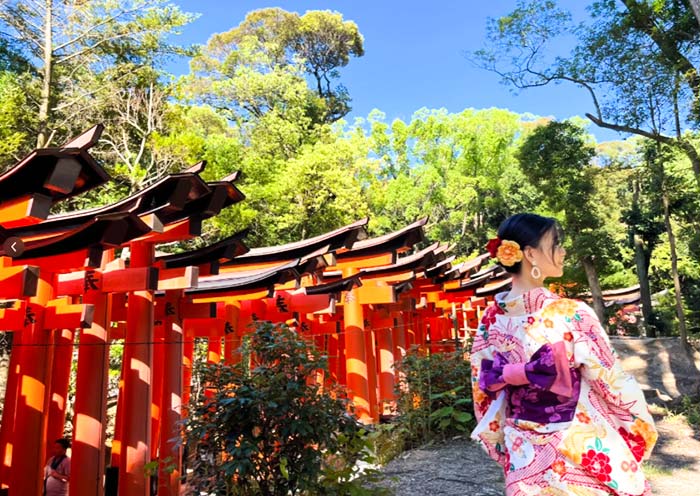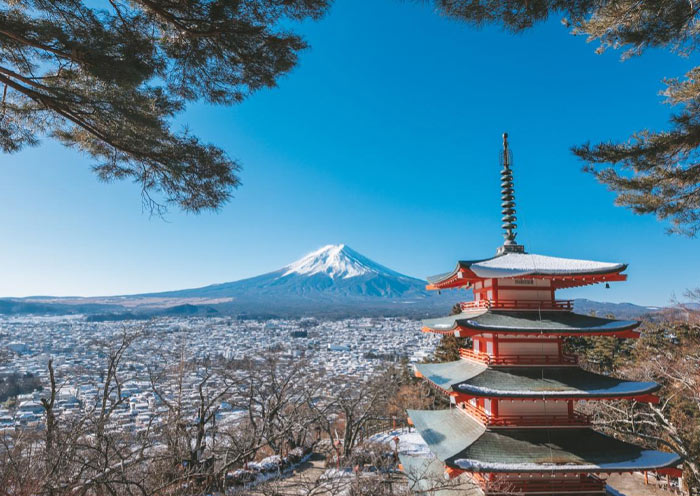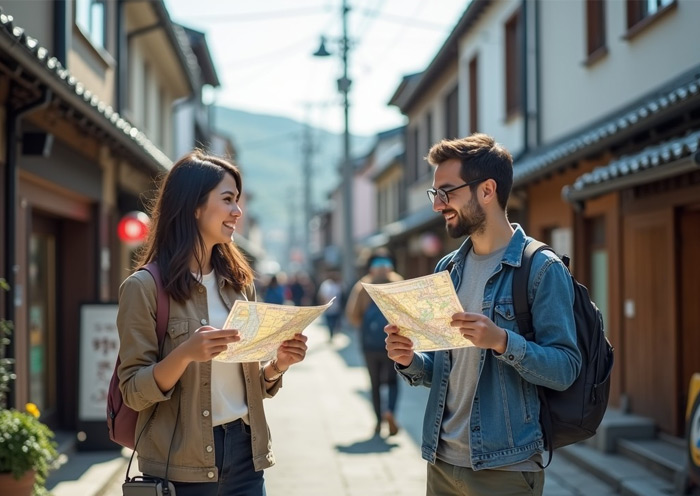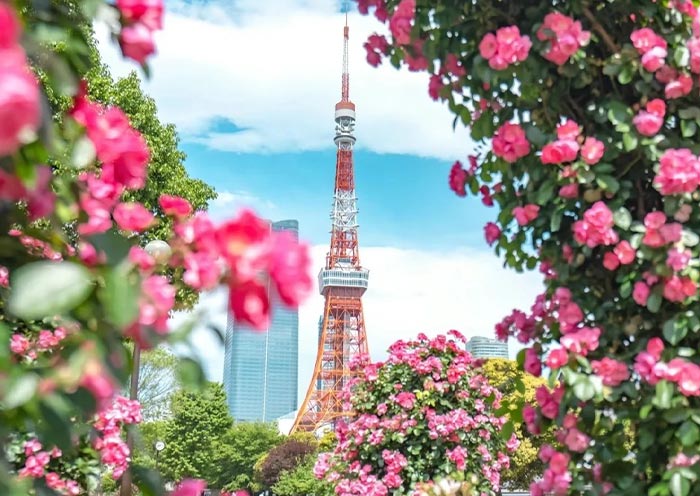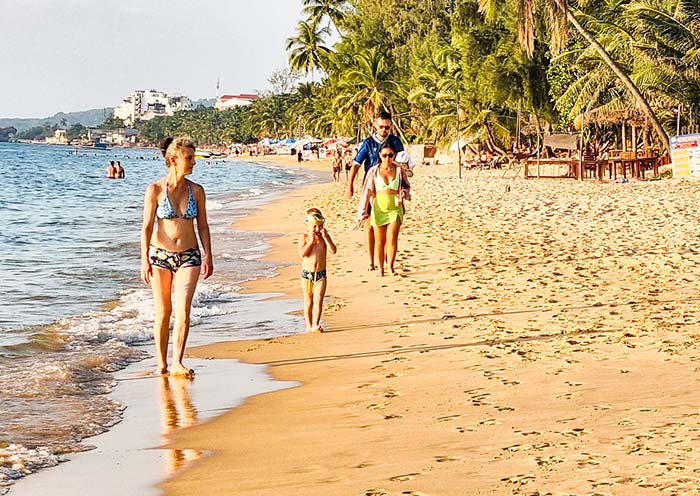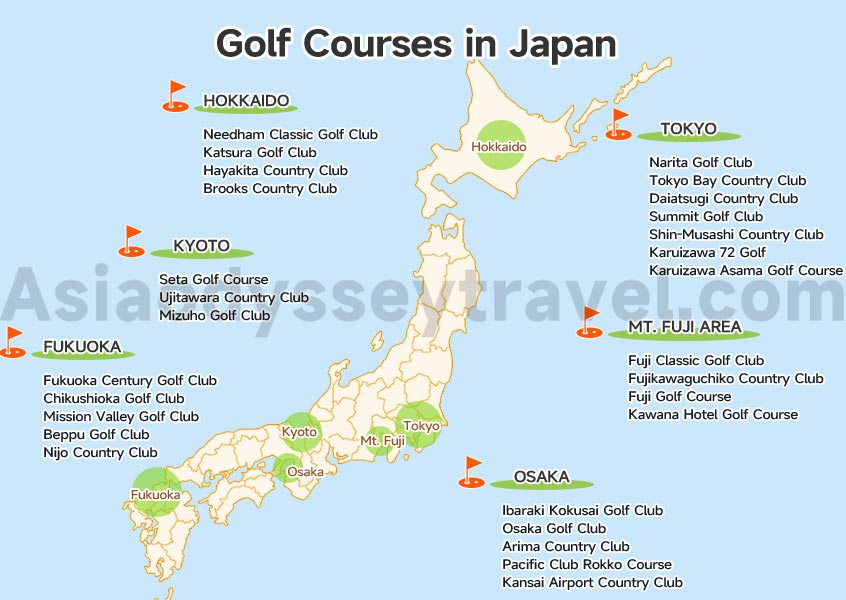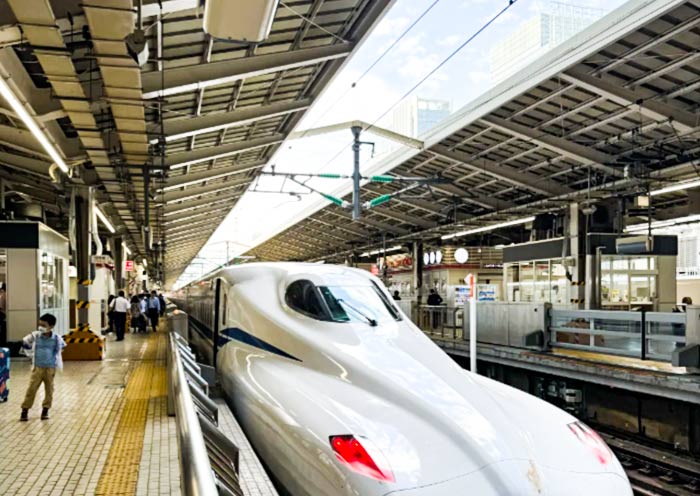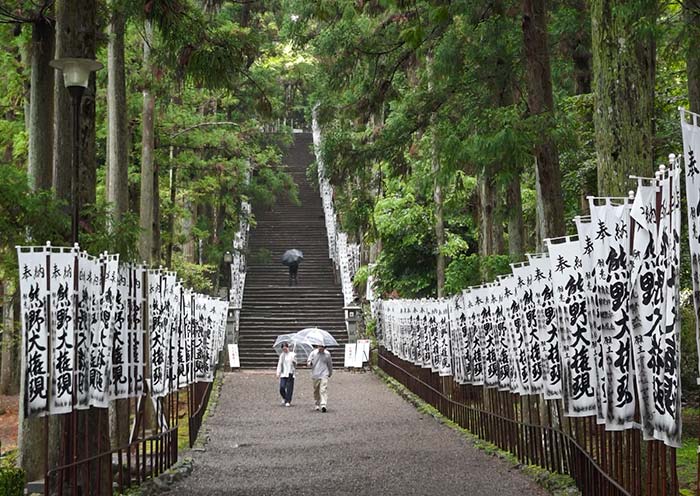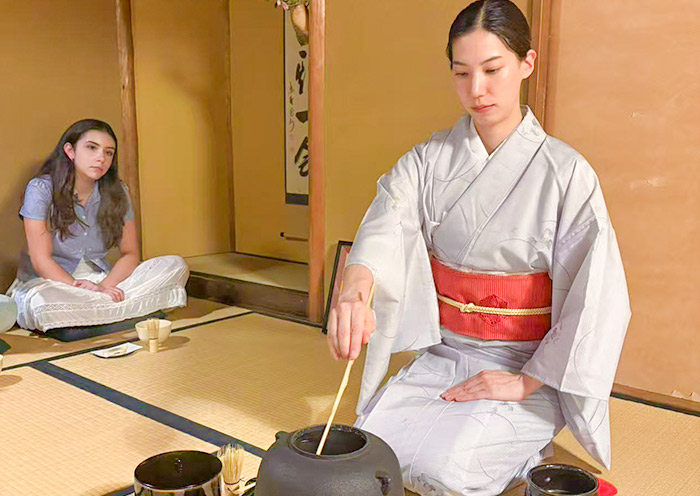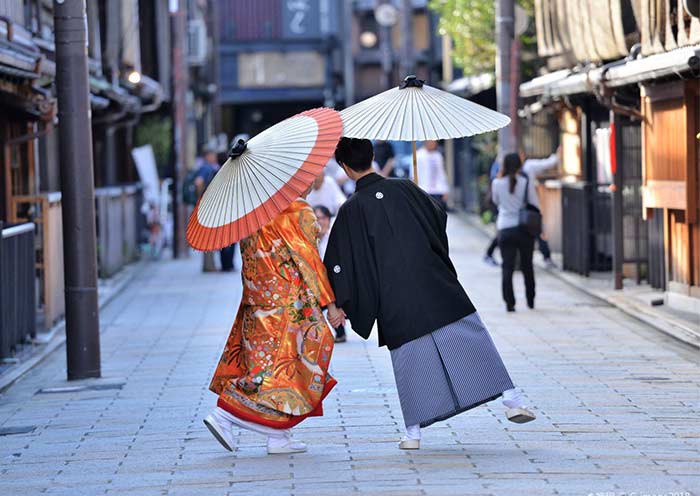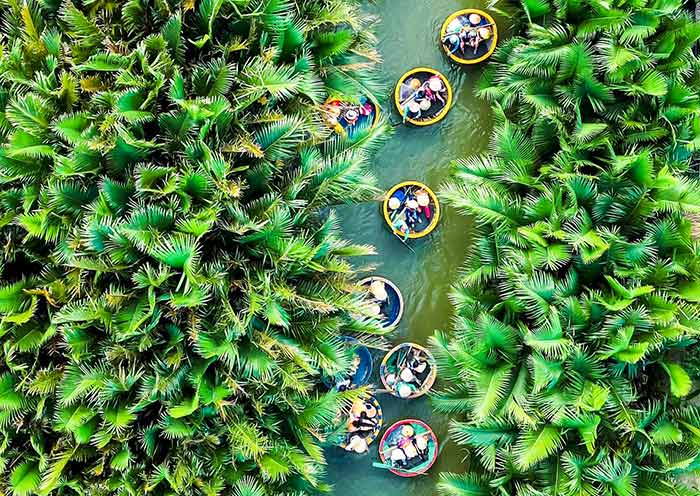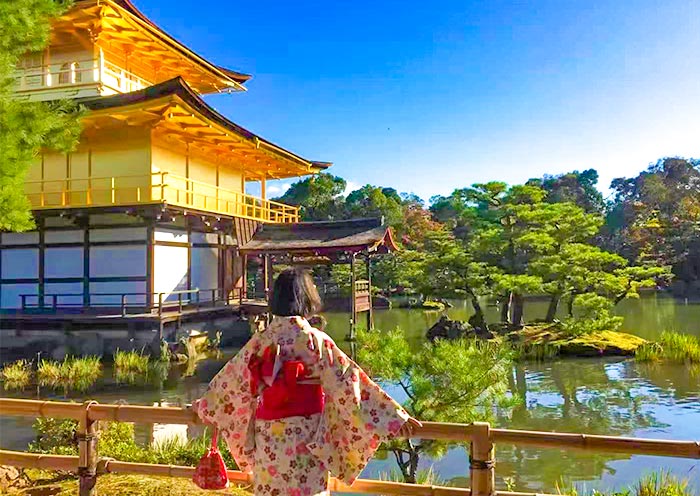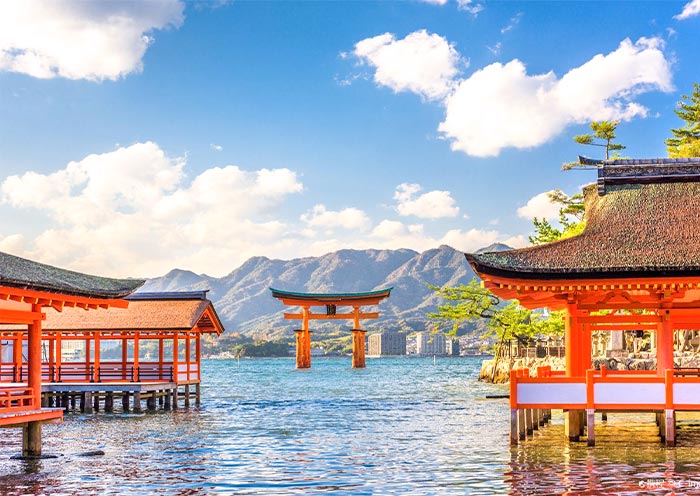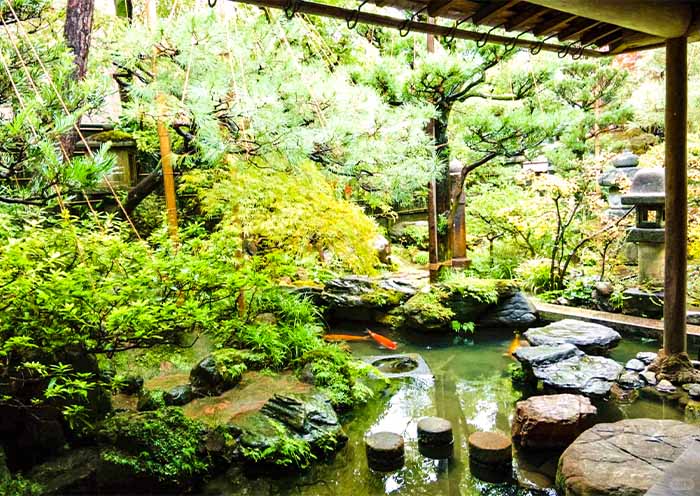Where to Go in Japan and Vietnam
Japan – Tradition Meets Tomorrow
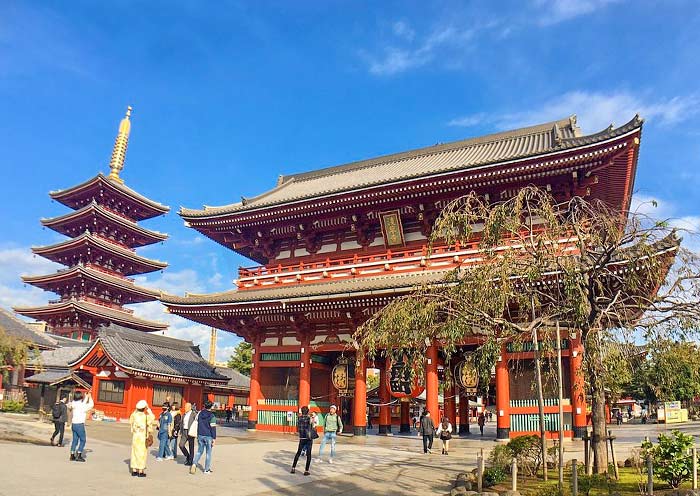
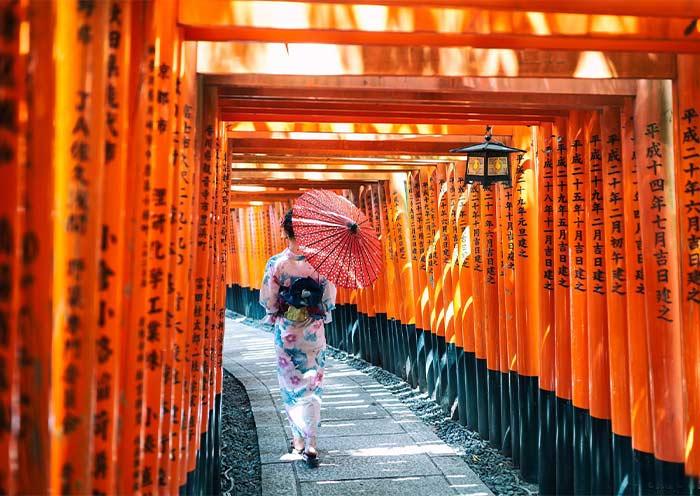
Japan is where ancient shrines stand next to neon skylines, and every region feels like a different world.
Start in Tokyo, a city of skyscrapers, anime, sushi bars, and quirky neighborhoods like Shibuya and Akihabara.
Head south to Kyoto, Japan's temple capital, with golden pavilions, bamboo groves, and traditional teahouses.
Don't miss Osaka, famous for its food scene and nightlife, plus the stunning Osaka Castle.
For nature and relaxation, Hakone gives you hot springs, pirate ships on Lake Ashi, and Mt. Fuji views, while Hokkaido shines in winter with world-class skiing and in summer with flower fields.
Top 18 Things to Do in Japan: What to See & Top Attractions (2026 Guide)
Vietnam – Color, Chaos, and Charm
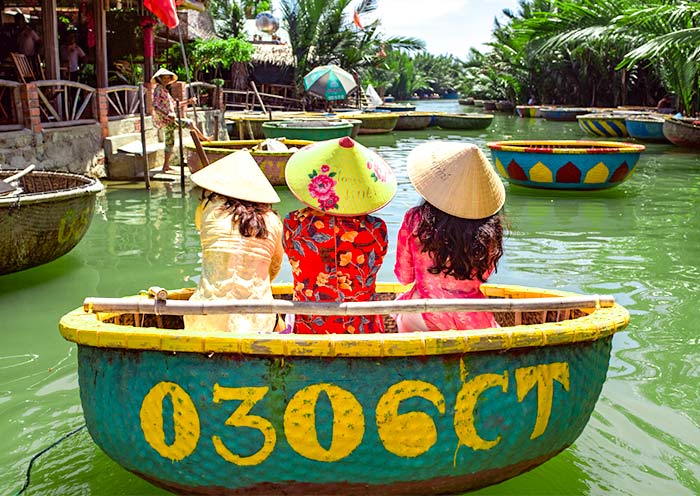
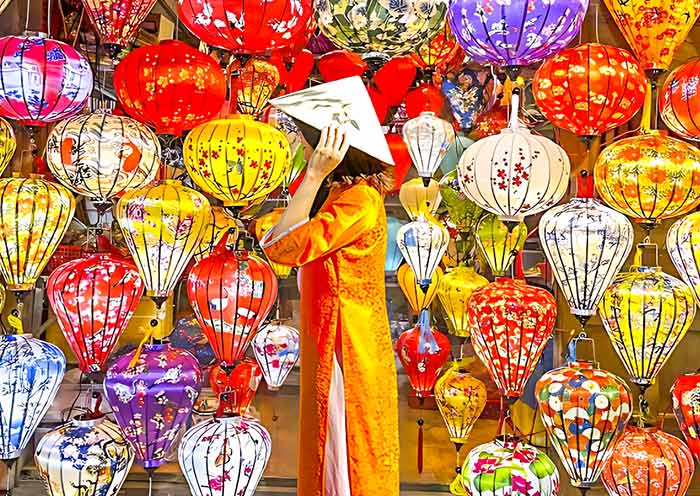
Vietnam hits you with color, flavors, and pure energy.
In the north, Hanoi charms with its old quarter, street food, and traditional water puppet shows, while nearby Ha Long Bay is a bucket-list cruise with limestone cliffs and emerald waters.
Further south, Hoi An glows at night with lanterns and riverside dining, while Hue takes you back in time with its imperial citadel.
End your journey in the buzzing south: Ho Chi Minh City (Saigon) is a whirl of scooters, rooftop bars, and history museums.
If you're after beaches, head to Da Nang, Nha Trang, or the dreamy island of Phu Quoc.
17 Best Things to Do in Vietnam for Best Trip in Vietnam 2026 (with Photos & Tips)
How Long to Stay in Japan and Vietnam
When planning a combined Japan–Vietnam adventure, the big question is always: how do you split your time?
Japan is fascinating but pricey—you'll want enough days to see the highlights without burning through your budget. Vietnam, on the other hand, is wonderfully affordable, so you can stretch your trip longer, linger in each place, and experience more.
For most travelers, a smart split is about one week in Japan and 1–2 weeks in Vietnam.
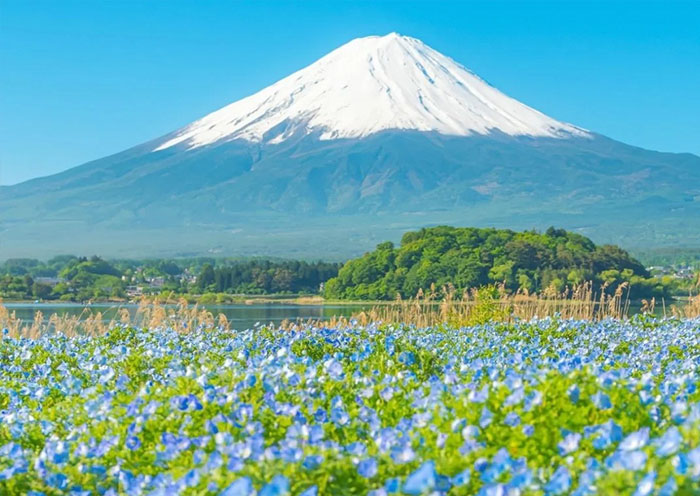
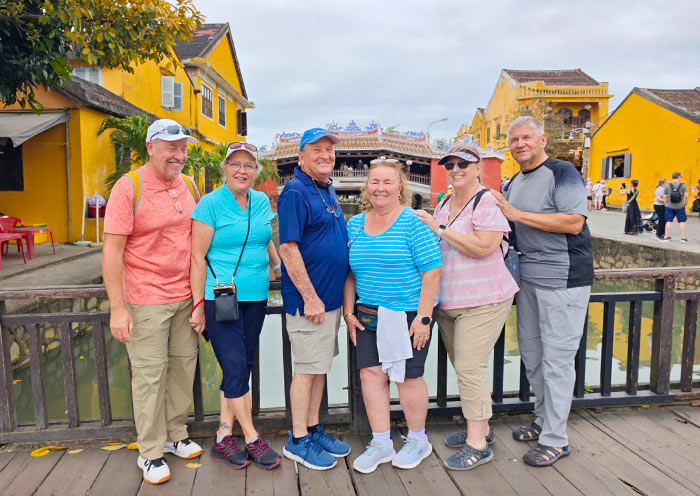
Japan (8–10 days or more):
Most first-time visitors spend about a week in Japan to see the “big five”: Tokyo, Mount Fuji, Kyoto, Osaka, and Nara.
Tokyo deserves at least 2–3 days for its neon neighborhoods, historic temples, quirky pop culture, and day trips to Nikko/Hakone/Mt. Fuji.
Kyoto and nearby Nara need another 2-3 days for golden temples, bamboo forests, and bowing deer. Add save a day for Osaka's castles and street food.
If you have 2 weeks+, considering Hiroshima/Miyajima, Kanazawa, or Sapporo.
Thanks to Japan's famous bullet trains, it's possible to cover these highlights in under a week without feeling too rushed.
1 Week in Japan: 7 Days Japan Itinerary (Tokyo, Kyoto, Osaka...)
10 Days in Japan: 5 Best Japan Itinerary Ideas (For First Timer)
Japan Itinerary 14 Days: How to Spend 2 Weeks in Japan (For First Timer)
Plan A Japan Family Trip: 6 Perfect Itineraries in 7-12 Days (2026)
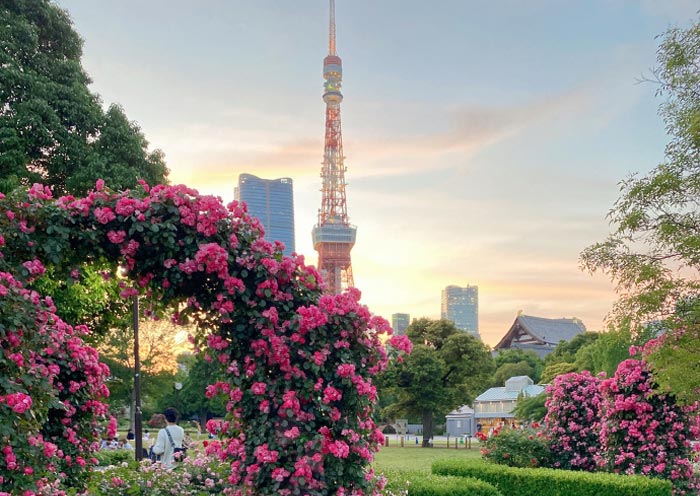
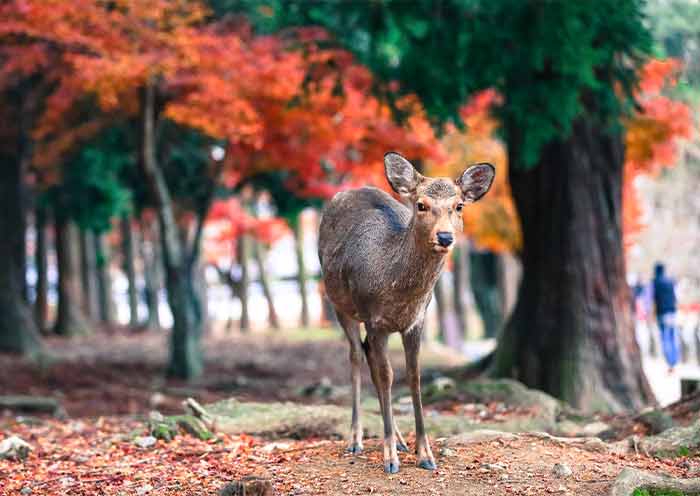
Vietnam (8–10 days or more):
Vietnam invites a slower pace. It's more spread out than Japan, and part of the joy is soaking in its atmosphere.
Hanoi deserves at least 1 day for its chaotic Old Quarter, lakeside strolls, and strong coffee culture.
From there, many add an overnight cruise on Ha Long Bay (1–2 days) to sail past limestone peaks and floating villages.
Central Vietnam is all about history and charm: give Hue a day to explore its imperial citadel, then spend 2–3 days in Hoi An wandering lantern-lit streets, enjoying tailor shops, and biking to the beach.
Down south, Ho Chi Minh City needs 2–3 days for bustling markets, war history, and day trips to the Mekong Delta.
If you've got extra time, tack on a side trip to Sapa's rice terraces in the north or Phu Quoc's beaches in the south. With Vietnam's affordable prices, staying longer is easy—and totally worth it.
Vietnam Itinerary 2026: 5-14 Days Itineraries in Vietnam
Vietnam Itinerary 7 Days: 5 Itinerary Ideas for 1 Week in Vietnam
10 Days in Vietnam: A First-Timer’s Complete Vietnam 10 Days Itinerary
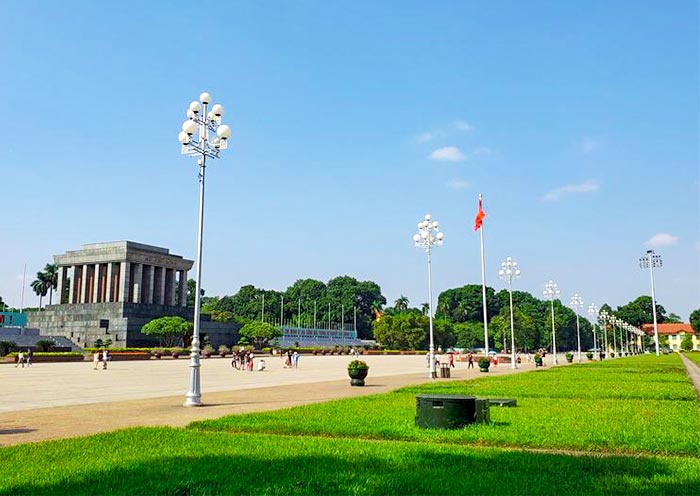
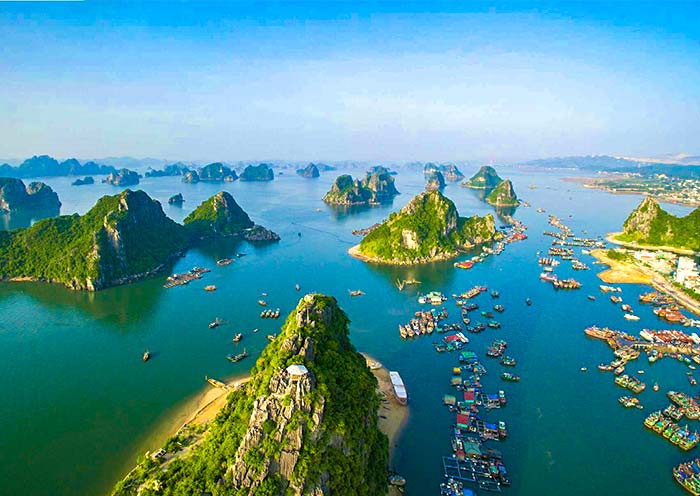
Combined Japan + Vietnam Trip
2 weeks total: Focus on one country deeply (10 days) + highlights of the other (4 days). Example: Japan's Golden Route + 4 days in Hanoi & Halong Bay.
3 weeks total: Balanced split, about 10–12 days in each country.
1 month total: Slow travel dream trip! Full Golden Route + side trips in Japan, and full North–Central–South Vietnam route.
Think of it this way: Japan is your “wow, this is incredible!” opener, and Vietnam is your “I could stay here forever” closer. Together, they make a perfect contrast of high-tech meets laid-back.
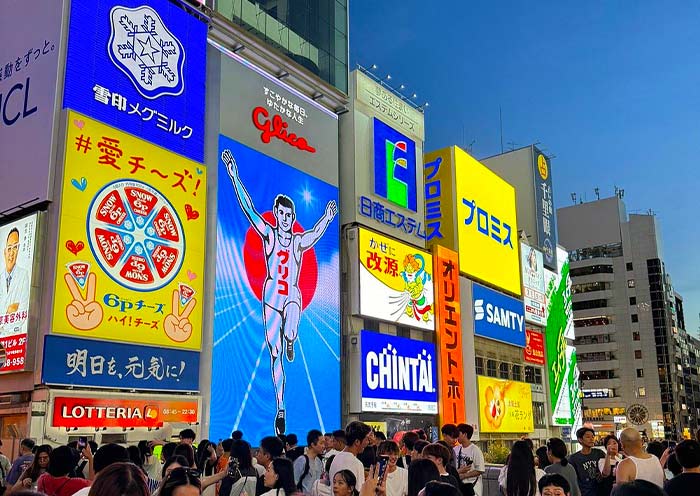
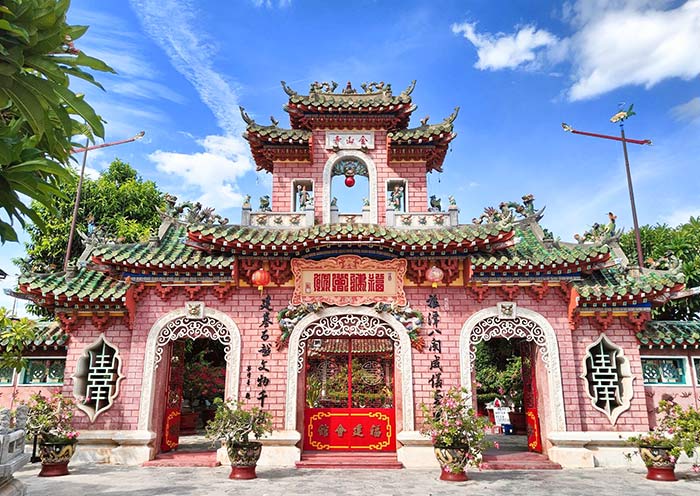
Suggested 2-Week Japan and Vietnam Itinerary Ideas
Route 1: Classic Highlights (15 Days)
Japan (8 days): Tokyo → day trip to Mount Fuji or Hakone → Kyoto → Nara → Osaka
Start in Tokyo for neon nights, sushi, and maybe a side trip to gaze at Mount Fuji from Hakone's hot springs. Then hop on the bullet train to Kyoto for golden temples, geisha streets, and bamboo groves, with a quick detour to meet Nara's bowing deer. End in Osaka with its castles and street food heaven.
Vietnam (7 days): Hanoi → Halong Bay → Ho Chi Minh City
Kick off in Hanoi's old quarters, then cruise through the emerald waters and limestone peaks of Ha Long Bay. Fly south to Ho Chi Minh City for French-colonial boulevards, war history, and a side trip into the Mekong Delta.
Perfect for first-timers who want to tick off the icons of both countries without feeling too rushed.
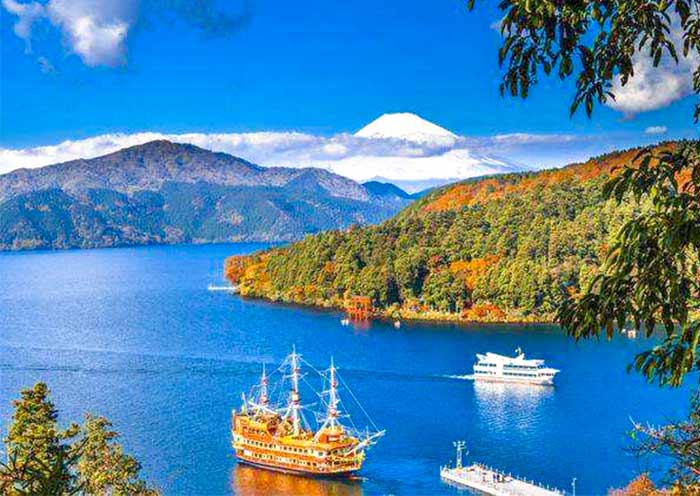
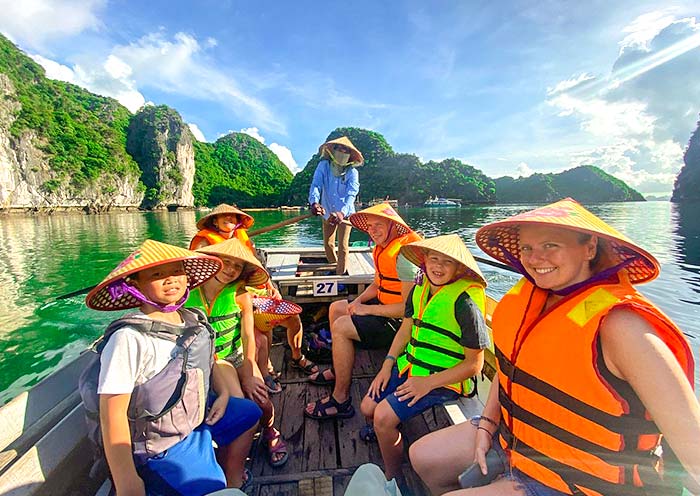
Route 2: Balanced City & Culture (15 Days)
Japan (7 days): Tokyo → Kyoto → Nara → Osaka
Start in Tokyo with its buzzing districts, then glide to Kyoto for temples and tea houses, detour to Nara to meet the bowing deer, and end in Osaka where street food and neon nights keep the energy alive.
Vietnam (8 days): Hanoi → Ha Long Bay → Da Nang → Hue → Hoi An
Begin in Hanoi's old town, cruise Ha Long Bay's karst peaks, then fly south to central Vietnam: Da Nang for beaches, Hue for imperial citadels, and Hoi An for lantern-lit charm.
A great mix for travelers who want city life, history, and a little beach downtime.
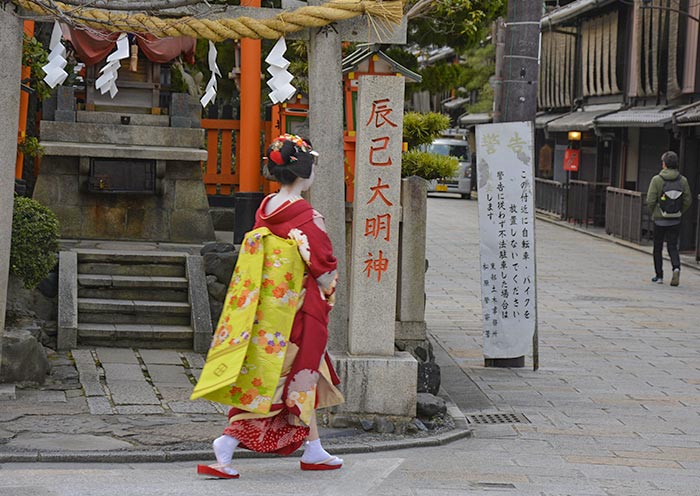
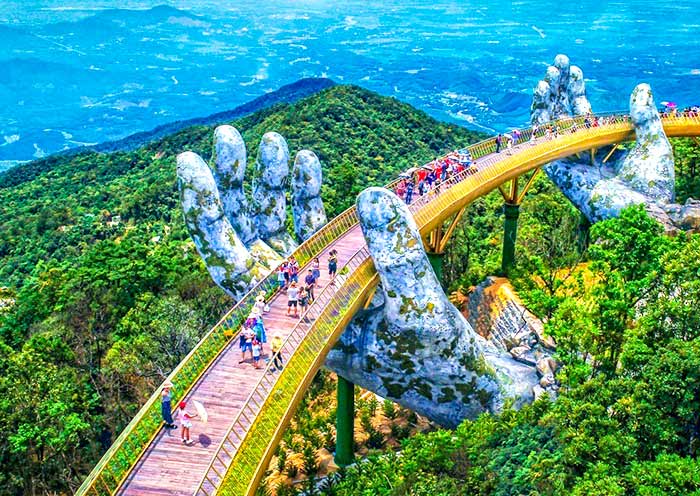
Route 3: Quick Japan + Deep Vietnam (14 Days)
Japan (4 days): Tokyo → day trip to Mount Fuji or Hakone
If time is short, stick to Tokyo's highlights—shrine-hopping, neon neighborhoods, and sushi—then take a side trip to Fuji or Hakone for onsen and lake views.
Vietnam (10 days): Hanoi → Ha Long Bay → Da Nang → Hoi An → Ho Chi Minh City
From Hanoi's bustling alleys and Ha Long Bay's emerald waters, head to central Vietnam for Da Nang's beaches and Hoi An's historic streets, then finish in Ho Chi Minh City with markets, war history, and the Mekong Delta.
Best for travelers who want a “taste of Japan” but more time to dive into Vietnam's variety.
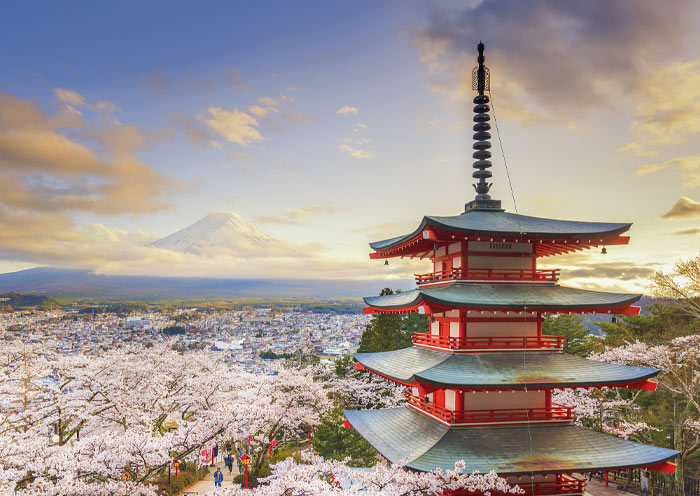
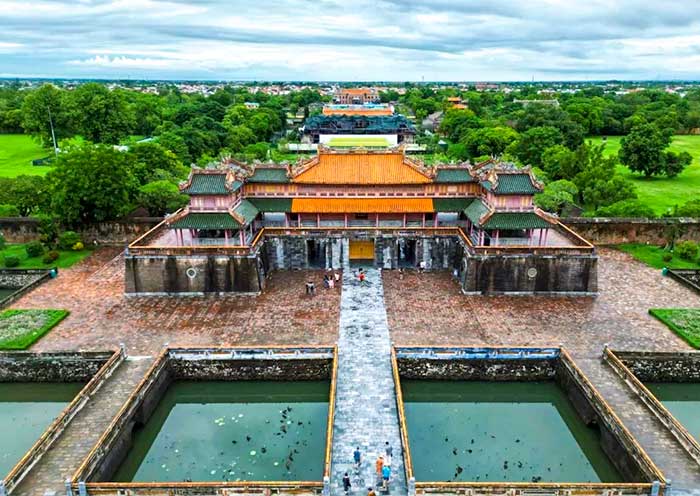
Route 4: Vietnam in Depth + Japan in a Snapshot (15 Days)
Vietnam (10 days): Ho Chi Minh City → Da Nang → Hoi An → Hanoi → Ha Long Bay → Hanoi
Start in the south with Ho Chi Minh City's energy and Mekong Delta, then fly to Da Nang for beaches and Hoi An's old-world charm. Head north for Hanoi's culture and wrap it up with a Ha Long Bay cruise.
Japan (5 days): Osaka → Kyoto → Nara → Osaka
Base yourself in Osaka for castles and street food, hop to Kyoto for golden temples and geisha streets, and take a quick trip to Nara to meet the deer before circling back.
Perfect if you'd like to focus more on Vietnam's diversity while still sneaking in Japan's cultural heart.
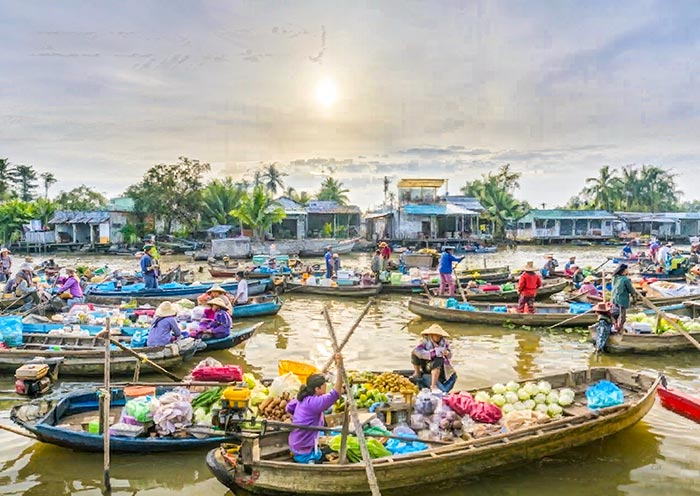
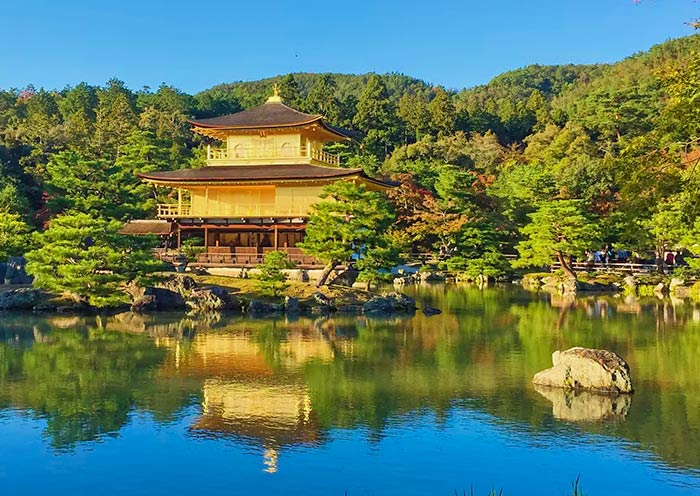
Best Time to Visit Japan and Vietnam
When planning a trip that combines Japan and Vietnam, timing is everything. Luckily, the two countries have very different climates—so no matter when you go, at least one of them will be in its prime.
Spring (March–May):
Japan Highlights: Cherry blossoms are the star of the show—Tokyo, Kyoto, and Osaka transform into pink wonderlands. The weather is mild and sunny, perfect for temple-hopping or strolling through gardens.
Vietnam Highlights: North and central Vietnam are at their best. Hanoi is cool and dry, Ha Long Bay is crystal-clear, and Hoi An is full of sunshine. Down south, Ho Chi Minh City and the Mekong Delta are hot but manageable.
Best Time to Visit Japan & Worst Time to Visit Japan
Best Time To Visit Japan for Cherry Blossoms 2026 | Sakura Season in Japan
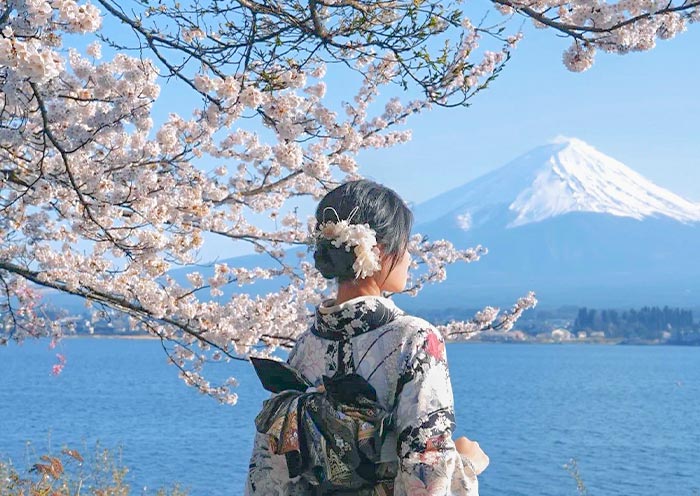
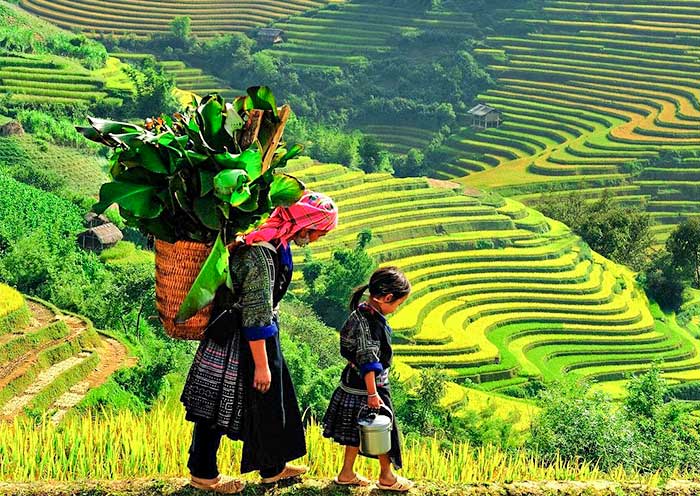
Summer (June–August):
Japan Highlights: Hot, humid, and festival-packed. Fireworks light up the skies, street festivals bring colorful yukata, and mountain escapes like Hokkaido or the Japanese Alps offer cool relief.
Vietnam Highlights: It's the rainy season in much of the country, but that also means lush landscapes and fewer tourists. Central coast beaches like Da Nang and Nha Trang can still be sunny.
Autumn (September–November):
Japan Highlights: The most photogenic season after spring. Temples and mountains glow with fiery red and gold leaves, and the weather is crisp and comfortable.
Vietnam Highlights: Perhaps the best all-around season. Hanoi is cool, Ha Long Bay is clear, and central/southern Vietnam enjoys dry, sunny days. Great for both sightseeing and beaches.
Best (Worst) Time to Visit North Vietnam, Travel Tips (2026/2026)
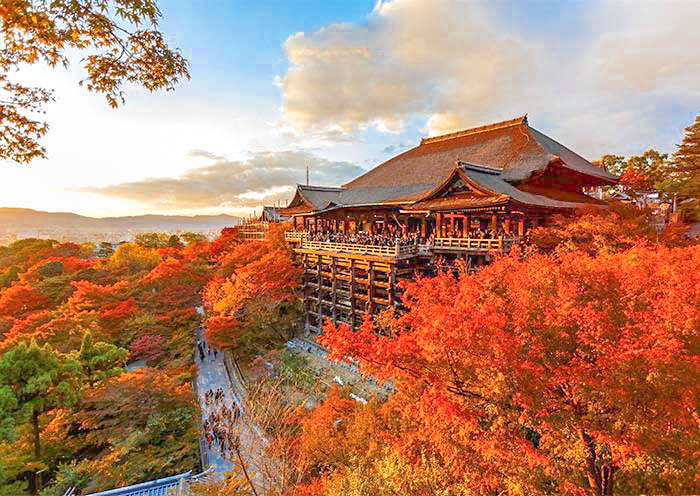
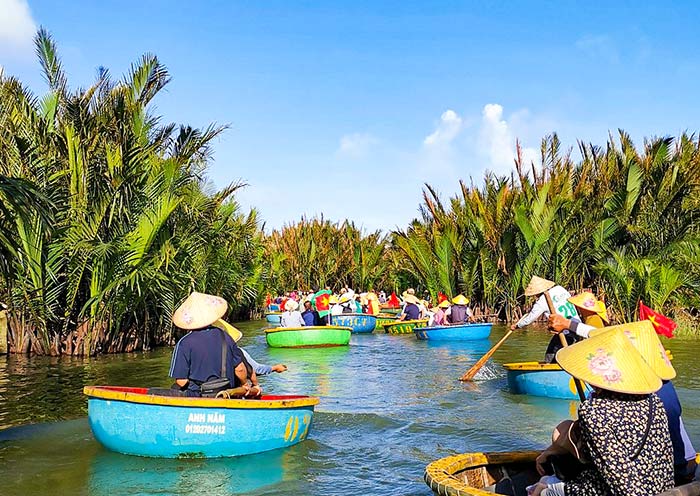
Winter (December–February):
Japan Highlights: Clear skies and cold air make for stunning Mt. Fuji views. It's ski season in Hokkaido and the Alps, and soaking in a steaming onsen feels heavenly. City streets twinkle with winter illuminations.
Vietnam Highlights: South Vietnam is in peak dry season—think sunny beaches in Phu Quoc or island-hopping around Nha Trang. Hanoi can be chilly but atmospheric, while central Vietnam is cooler with fewer crowds.
If you want both countries at their best, aim for spring (March–April) or autumn (October–November). That way, you'll catch cherry blossoms or autumn colors in Japan while enjoying comfortable weather across most of Vietnam.
Must-Try Foods in Japan and Vietnam?
In Japan
Japanese food isn't just sushi—it's a whole adventure in flavors.
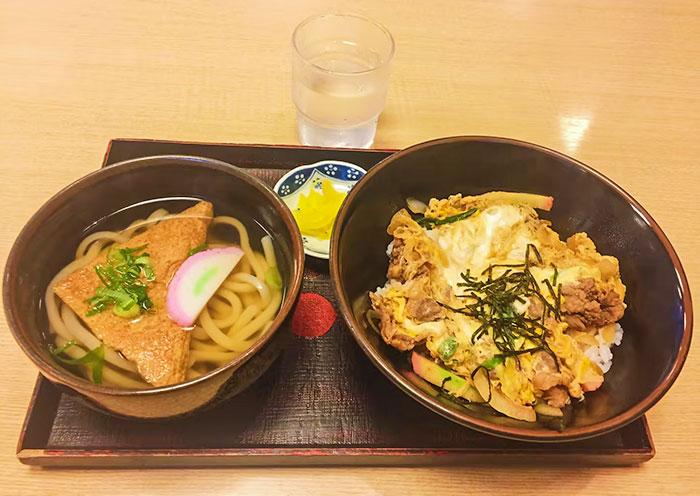
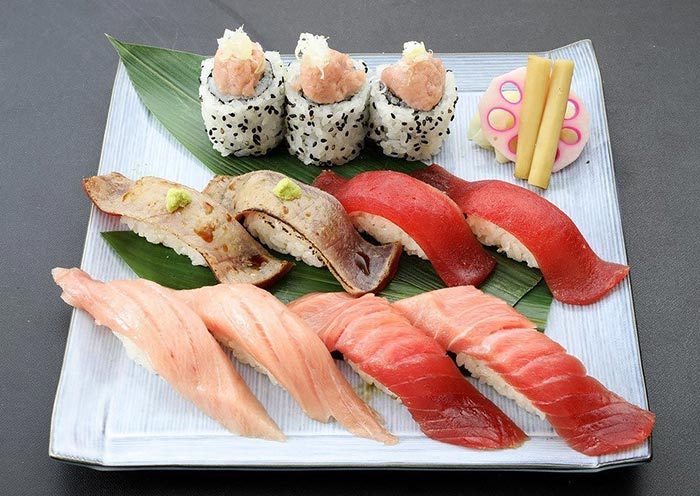
In Tokyo, you can slurp ramen at a tiny counter where the broth has simmered for hours, or try sushi so fresh it practically melts in your mouth.
Kyoto is famous for kaiseki, an elegant multi-course meal that looks like edible art, while Osaka earns its nickname as “Japan's kitchen” with street snacks like takoyaki (octopus balls) and okonomiyaki (savory pancakes).
Even convenience stores are a surprise treat—grab an onigiri rice ball or a seasonal dessert, and you'll see why Japanese snacks are beloved worldwide.
Must Try Food in Japan: 20 Unique Japan Food & Cuisine in Tokyo, Osaka, Kyoto.. 2026
In Vietnam
Vietnamese cuisine is lighter, fresher, and full of herbs. Start your day with pho, the steaming noodle soup that's practically a national treasure.
In Hanoi, bite into banh mi, the French-inspired baguette stuffed with meats, pickles, and chili.
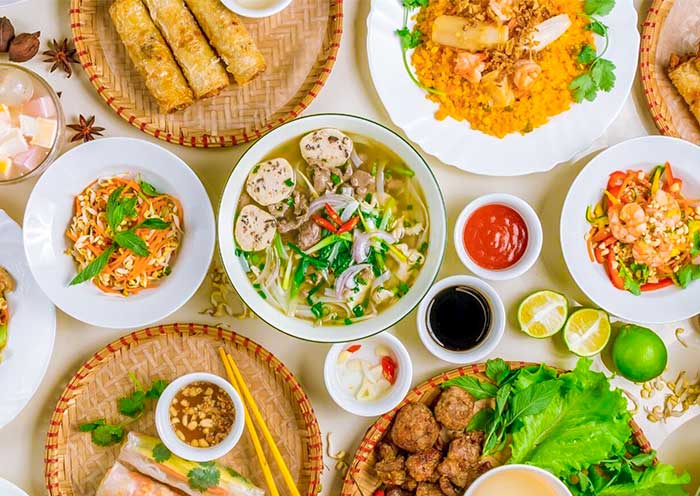
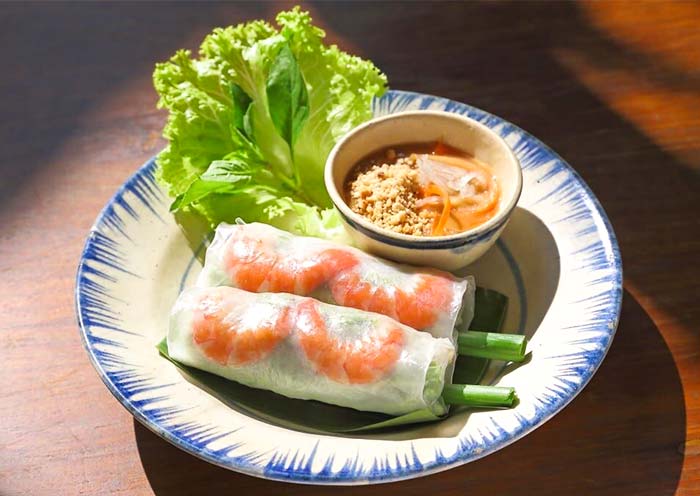
Down south in Ho Chi Minh City, tuck into com tam (broken rice with grilled pork) or sip on strong Vietnamese iced coffee sweetened with condensed milk.
Don't miss fresh spring rolls with shrimp and mint, or the famous bun cha (grilled pork with noodles and dipping sauce) that made even Obama and Anthony Bourdain share a table in Hanoi.
Between Japan's precise artistry and Vietnam's herb-packed freshness, eating in these two countries is a highlight of the trip itself—you'll probably plan your days around your meals.
Best Vietnam Traditional Food: 15 Must-Try Vietnam Dishes
Cost of Visiting Japan and Vietnam
Japan: Daily average cost per traveler: $150–$250
Japan is often the priciest destination in Asia. A 7-day trip can easily cost more than a 10-day trip in Vietnam.
- Accommodation: Mid-range hotels usually cost $100–$180 per night, while family-friendly hotels or ryokans (traditional inns) can go up to $200+. Budget hostels or business hotels are around $40–$60 per night.
- Transportation: Bullet trains are fast but expensive— a 7-day JR Pass is about $250–$280, and local subway rides cost $2–$3 each.
- Food: Meals average $8–$15 for casual spots, but splurging on sushi or kaiseki can cost $50–$100+ per person.
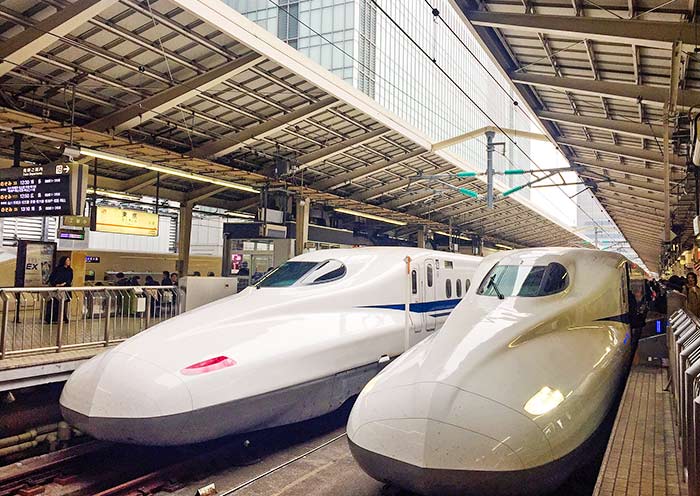
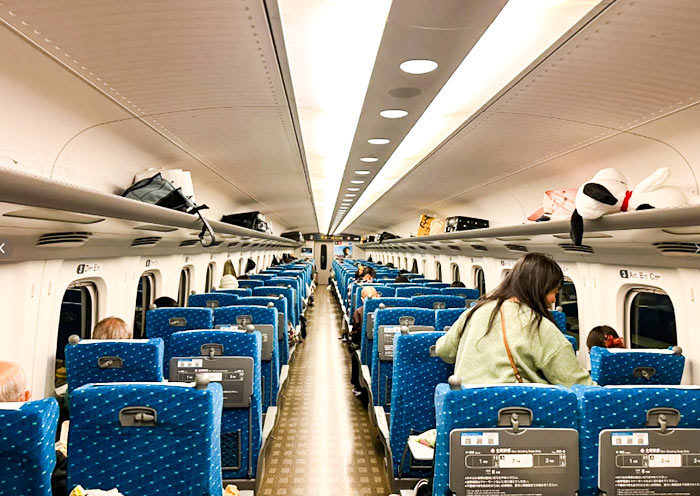
Vietnam: Daily average cost per traveler: $60–$80.
Vietnam is one of the most budget-friendly countries in Asia. Even with comfort, you'll spend much less than in Japan.
- Accommodation: A solid 3-star hotel costs $30–$50 per night, and even chic boutique stays are often under $80.
- Transportation: Domestic flights between cities are frequent and cheap (often $30–$60 one-way). Local buses and Grab taxis cost just a few dollars.
- Food: Street food is legendary and cheap—most meals cost $2–$5, and even sit-down restaurants rarely go beyond $15 per person.
The bottom line:
Traveling in Japan is about 3–4 times more expensive than in Vietnam. For example, a family could spend $4,000–$5,000 for 10 days in Japan, while the same family might only need $1,500–$2,000 for 10 days in Vietnam—without cutting corners.
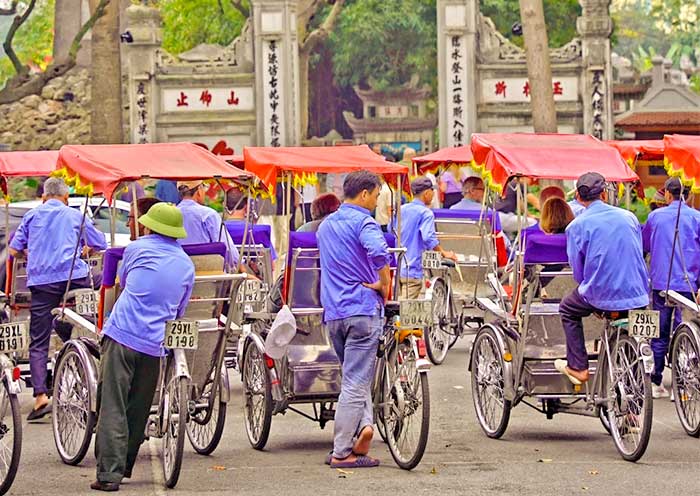
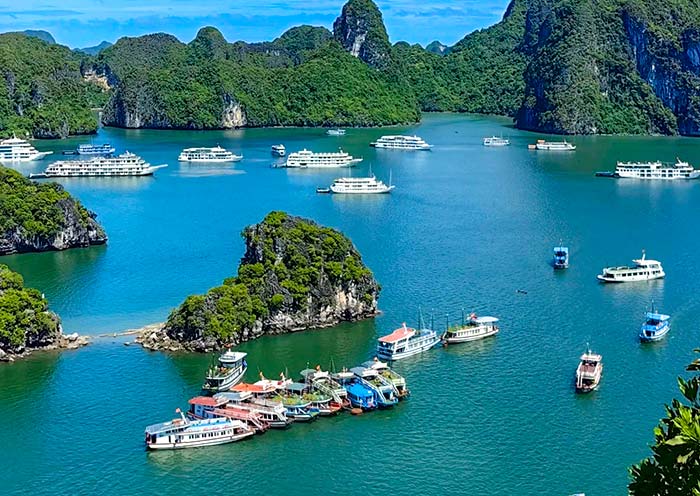
What to Pack for Japan and Vietnam
Packing for Japan and Vietnam together is a bit of an art—think layers for Japan's changing seasons and light gear for Vietnam's tropical vibes.
For Japan: Layers for Japan's changing seasons
Layers are king: Depending on the season, pack thermal innerwear (for winter), light sweaters (for spring/autumn), and a windproof jacket. Summers are hot and humid, so breathable cotton is your best friend.
Shoes: You'll walk a ton—bring comfy sneakers. In winter, waterproof boots are useful.
Onsen etiquette: If you're heading to hot springs, bring a small towel and easy slip-on shoes.
Extras: A compact umbrella (rain showers are common) and heat packs (kairo) if visiting in winter.
For Vietnam: Light gear for Vietnam's tropical vibes
Light & breezy: T-shirts, shorts, sundresses, and flip-flops for beaches.
Sun protection: Sunglasses, a hat, and plenty of sunscreen (Vietnam's sun is strong year-round).
Rain gear: A light poncho or umbrella for sudden tropical showers, especially in summer.
Shoes: Sandals for casual days, but also sturdy walking shoes for exploring Hanoi's Old Quarter or climbing Marble Mountains in Da Nang.
Bug spray: A must for jungles, rural areas, and evening strolls.
Tip: If you're visiting in December–February, pack heavier for Japan and lighter for Vietnam. You'll literally go from snowy streets to tropical beaches in one trip!
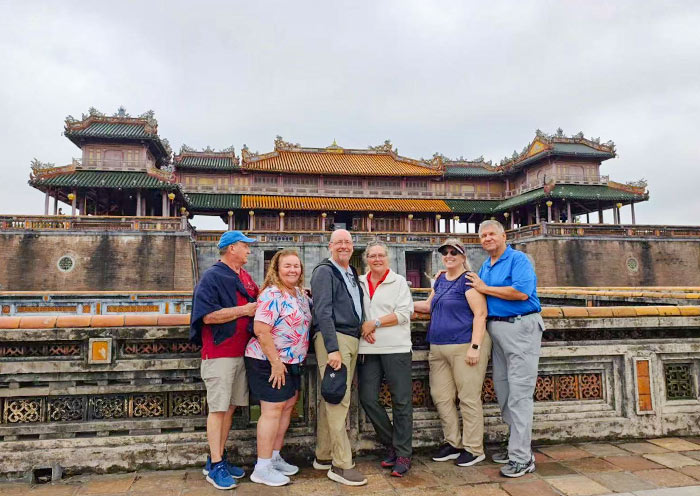
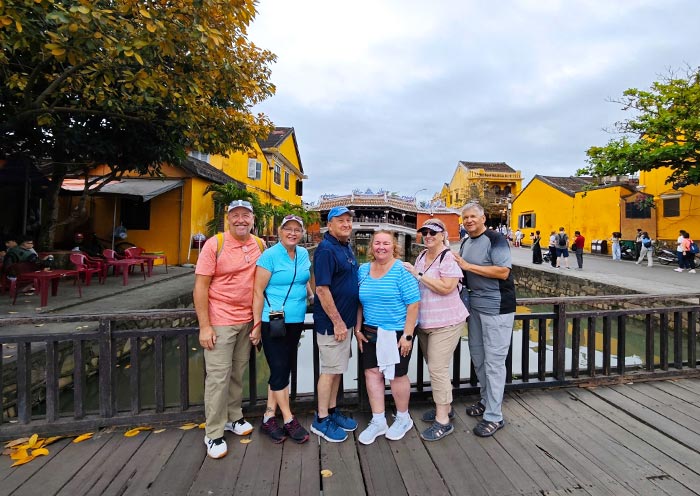
Travel to Japan and Vietnam with Asia Odyssey Travel
Combining Japan and Vietnam into one epic getaway gives you the best of both worlds. But mastering two countries' language, transportation, and planning logistics can be overwhelming.
That's exactly where Asia Odyssey Travel shines. We pair our local on-the-ground knowledge with expert curation to keep your trip seamless from start to finish.
What we bring to your journey:
- Smooth and stress-free logistics: From reserving bullet train seats in Japan to arranging domestic flights and private transfers in Vietnam, we handle all the nitty-gritty.
- Local guides & drivers: Enjoy authentic, welcoming service—your guides bring history and culture to life (plus help with food recommendations).
- Private trip design: No matter where you want to visit, we'll craft a personalized itinerary that flows naturally.
- Family-friendly options: We excel at mixing sightseeing with kid-approved fun—think a day at DisneySea, ninja workshops, and puppet shows.
Let us bridge the gap between awe-inspiring moments and effortless travel.
